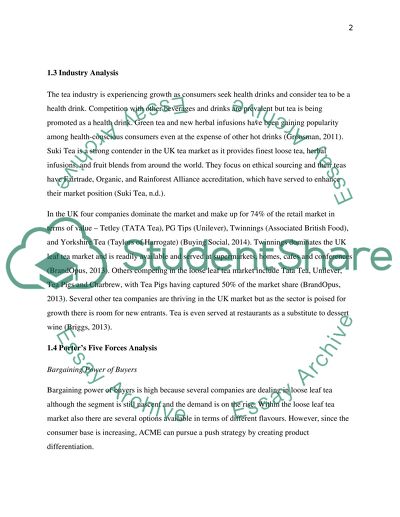Cite this document
(“ACME Tea Assignment Example | Topics and Well Written Essays - 4000 words”, n.d.)
ACME Tea Assignment Example | Topics and Well Written Essays - 4000 words. Retrieved from https://studentshare.org/marketing/1649612-acme-tea
ACME Tea Assignment Example | Topics and Well Written Essays - 4000 words. Retrieved from https://studentshare.org/marketing/1649612-acme-tea
(ACME Tea Assignment Example | Topics and Well Written Essays - 4000 Words)
ACME Tea Assignment Example | Topics and Well Written Essays - 4000 Words. https://studentshare.org/marketing/1649612-acme-tea.
ACME Tea Assignment Example | Topics and Well Written Essays - 4000 Words. https://studentshare.org/marketing/1649612-acme-tea.
“ACME Tea Assignment Example | Topics and Well Written Essays - 4000 Words”, n.d. https://studentshare.org/marketing/1649612-acme-tea.


